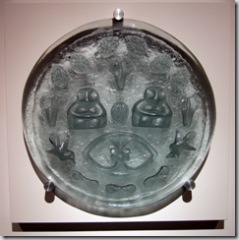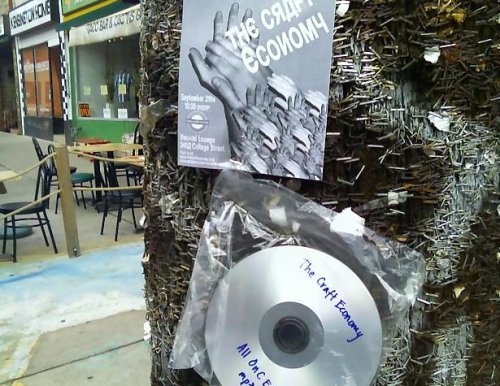An article in Le Monde argues that the spectacle of victimhood in campaigns such as Make Poverty History distracts us from the real political issues:
Like Erner, Caroline Eliacheff and Daniel Soulez-Larivière (2) attribute the unprecedented prestige and credibility accorded to victims to the transformation of politics into spectacle. But they also relate it to the end of the cold war: it feels safer, they suggest, to sympathise with the victims of a catastrophe than to engage politically in a complex world. In Erner’s view: “With Marxism dead, all we can do is sanctify victims.”
Mona Chollet 'Recognition or sanctification? Victimhood’s hidden agenda' mondediplo.com/2007/10/12victimhood (9/10/2007)


